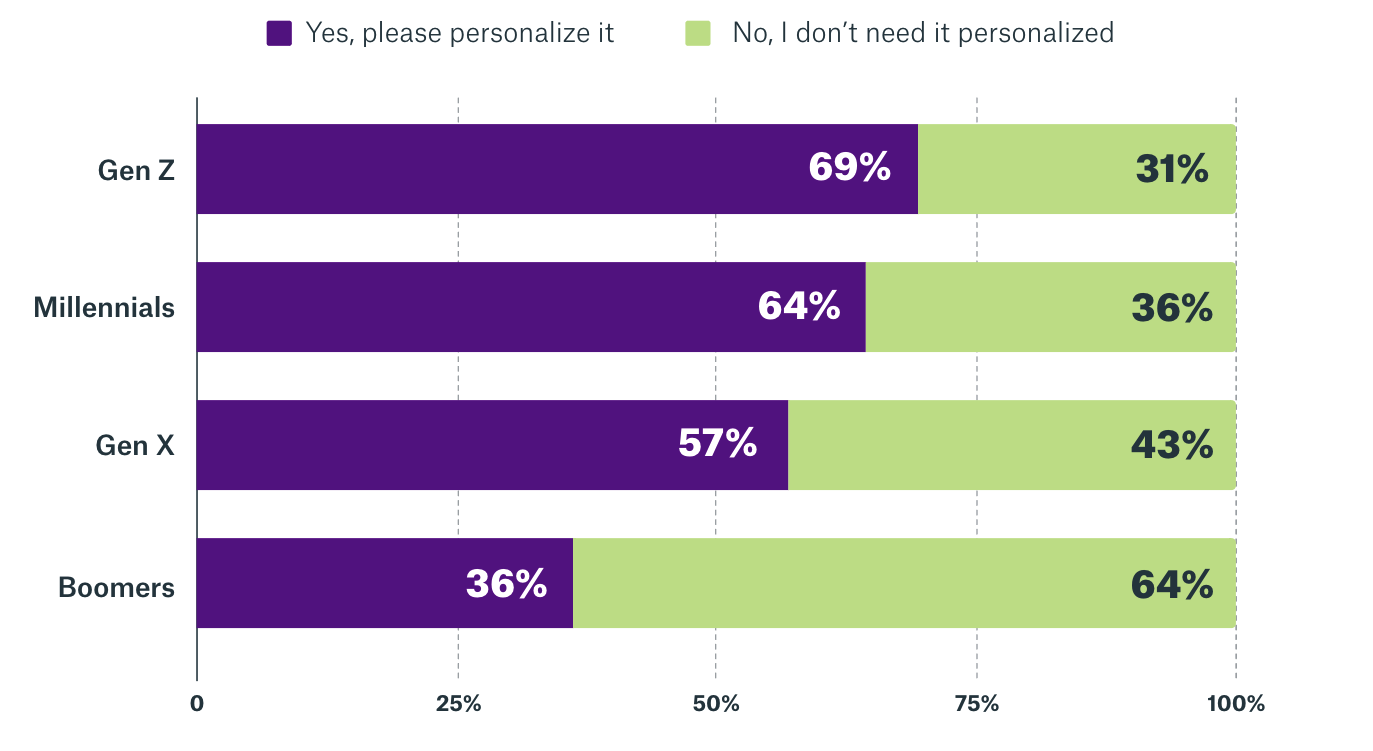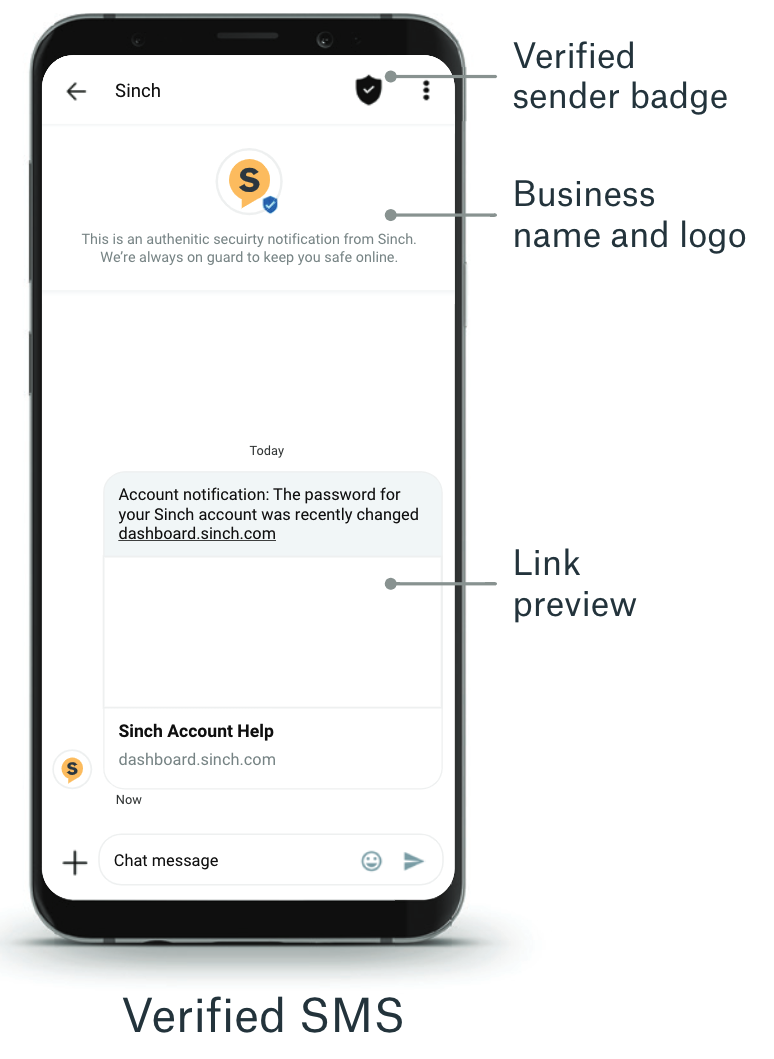Fraud and security, Insights, Products
5 scalable solutions banks can use to super-charge customer experience

Fraud and security, Insights, Products

Banking customers (particularly Gen X and younger) have embraced apps as a way to do banking from a distance, yet mobile messaging is increasingly the most critical channel for banks to reach customers — and a fundamental way to futureproof customer relationships and build truly scalable solutions.
Delivering great customer experience in financial services is about reducing friction: meeting your customers in the places and moments they find most convenient. In banking, there are exciting new use cases for messaging, both to complete transactions customers currently do with the bank’s app and for completely new ways of interacting. These include:
Customers who need to perform super-simple queries, such as checking their balance or seeing if a bill has been paid, typically still open their mobile app or log in on a computer to get these tasks done. Some banks are making these simple queries even easier by letting customers text a chatbot to get time-saving answers to basic banking questions. No need to complete two-factor authentication or pull off your face mask to log into a banking app. Now a customer can get an answer in just a few seconds.
What if your bank could show you your monthly spending patterns and help you meet personal finance goals? Many banking apps now incorporate spending insights into customers’ dashboards to help them manage their finances, but these insights are only visible if you log in. Using messaging, banks can build deeper connections with customers by giving them real-time updates about how they’re tracking relative to spending (“Tony, you’ve spent 80% of your dining-out budget for December!”). Customers can set preferences using the app but get in-the-moment notifications over messaging. They can even query a chatbot to see how much they’ve spent before making a purchase — like asking a slightly more responsible but appreciated friend to help them make wise choices.
And for those who respond better to the carrot than the stick, messaging is a great way to encourage savings. Using the app, customers can set monthly savings goals and activate savings features such as rounding up on purchases and depositing the difference to a savings account. Then, using the messaging channel, banks let customers know how they’re doing each month, send out badges for hitting milestones, and even reward customers with loyalty points.

When customers miss a loan payment or deplete their checking account, the traditional way of delivering the news has been via a warning. Increasingly, banks are taking a more proactive and responsive approach to customer hardship to understand (a) what’s driving the issue and (b) how the bank can help customers get back on track. Rather than sending a one-way “your loan payment is late” notice, banks can use the messaging channel to learn when the customer might be able to make a payment, identify whether the missed payment is part of a bigger problem, and even set up a repayment schedule. This type of scalable solution saves money by reducing customer service calls and provides anonymity for customers when discussing difficult financial topics.
Nationwide Building Society is a British bank that decided to deploy an expanded messaging-based service for customers at a prescient time. “Just three months [after deployment], we had quite a complex message we needed to send to our members about how we were going to support them through COVID-19,” explained Simon Dixon, Demand Manager in communication delivery and logistics. Nationwide granted a payment holiday to bank customers in the early stage of COVID, as so many were hard-hit by the economic fallout of the pandemic. When that period ended, the bank used rich SMS to provide personalized information about next steps.
Most banking customers welcome notifications about suspicious activity in their account. (Sinch’s research shows more than 9 in 10 say fraud notifications are useful.) Sending out promotional messages, however, can be more challenging if a customer isn’t willing to receive this type of notification. Banks can use the messaging channel to find out what types of offers customers are interested in, or drive them to an online preference center to set up the types and tempo of notifications. Research from Sinch shows customers are much more likely to respond to messages that are personalized to their buying history and interests, and messaging can be an effective way to explore what customers like and dislike. Developing personalized messaging is a great way for banks to futureproof their customer relationships and deliver more value to the people they serve.
Demand for personalization by generation. With the exception of boomers, the majority welcome personalization

When fraud is suspected in a customer’s account, speed is of the essence. Messaging is the fastest, most frictionless way to verify transactions and protect customer accounts. Nets, a leading payment processor in Europe, handles millions of daily card transactions and needed a two-way SMS solution that could alert costumes of possible fraud, but do so in a conversational, frictionless format. It hired Sinch to deploy a real-time, scalable messaging solution that verifies transactions in a matter of seconds — instantly approving legitimate customer transactions and stopping-dead fraudulent ones.

Another critical issue in fraud prevention is ensuring the bank customer trusts an incoming message or phone call is in fact from their bank. New messaging tools, like the one shown here, protect customers by sending a secure badge that confirms the caller/messenger is in fact a bank representative. This type of verification badge helps guard against spammers and phishing attempts, but it also delivers peace of mind. Secure mobile badges reduce friction in the communication process, giving bank customers greater confidence and trust in the banks they use.
While more and more banking is conducted remotely, mobile messaging offers banks the opportunity to forge a new kind of customer relationship — one that’s conversational and customer-centered. Using AI-powered messaging chatbots, banks can deliver scalable solutions, reaching customers with the information they need, where and when they need it, via a device that’s close at hand. Whether it’s answering simple balance inquiries, providing guidance toward financial goals, or offering payment options to customers facing money woes, mobile messaging helps banks become a financial partner customers can turn to for fast, convenient, individualized service.
Want to learn more about how mobile CX is transforming customer experience and helping businesses grow? Take a look at our report: Banking disrupted.